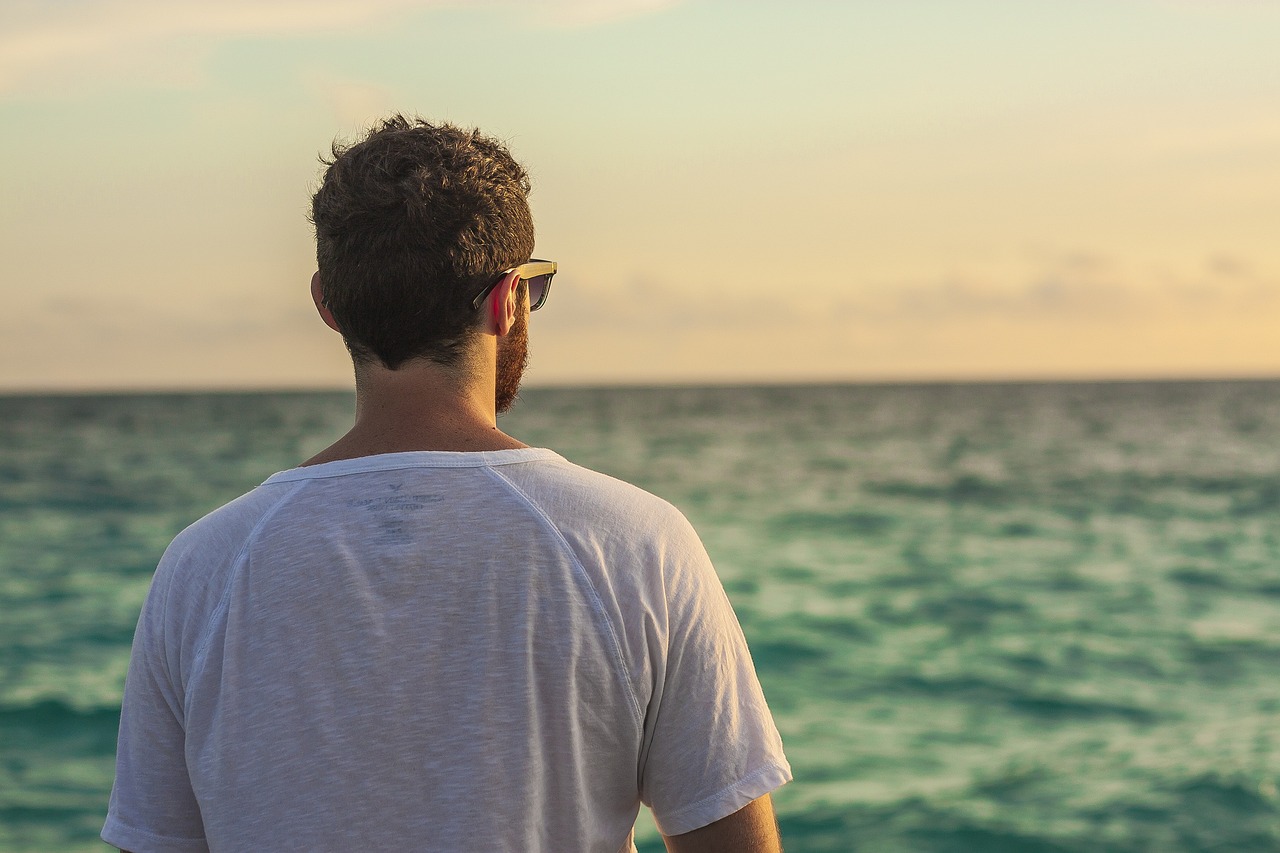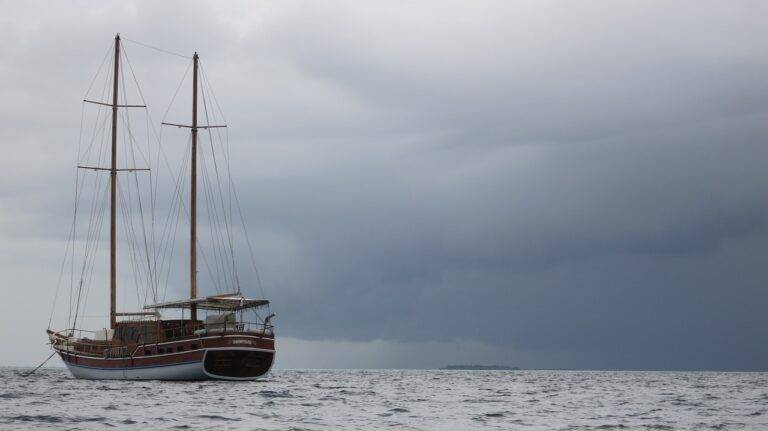Adventure Travel Ice Climbing Expeditions: Scaling Frozen Waterfalls and Glacial Formations
Ice climbing ignites a sense of adventure unlike any other. The experience of ascending frozen waterfalls and glacial formations requires both physical stamina and mental fortitude. The sheer beauty and challenge of these icy structures draw climbers seeking an exhilarating and unique outdoor pursuit.
Scaling these frozen giants provides a profound connection to nature, offering a blend of adrenaline and serenity. Each climb presents a different set of obstacles, demanding precision and skill from climbers. The mesmerizing landscapes, coupled with the physical demands of ice climbing, create an unparalleled thrill that keeps enthusiasts coming back for more.
Essential Gear and Equipment for Ice Climbing Expeditions
Ice climbing expeditions require specialized gear and equipment to ensure safety and efficiency on the icy terrain. A sturdy pair of crampons is essential for providing traction on the slippery ice surfaces, while ice axes are crucial tools for self-arresting and making secure placements. Additionally, having a well-fitted harness and helmet is paramount for protection in case of a fall or rockfall.
To stay warm and dry during ice climbing adventures, it is imperative to invest in proper clothing layers. This includes moisture-wicking base layers, insulating mid-layers, and a waterproof and windproof outer shell. Gloves designed specifically for ice climbing are also essential to maintain dexterity while protecting hands from the cold and sharp ice. Lastly, a reliable backpack with gear loops and attachment points will help to carry essentials like water, snacks, first aid kit, and other necessary items during the climb.
Training and Preparation for Ice Climbing Adventures
Once you’ve committed to embarking on an ice climbing adventure, proper training and preparation are essential for a safe and successful experience. Physical conditioning is vital, as ice climbing requires strength, endurance, and agility. Regular cardiovascular exercises, strength training, and flexibility routines can help build the necessary physical fitness for tackling frozen waterfalls and glacial formations. Additionally, practicing specific climbing techniques on indoor ice walls or rock climbing gyms can improve your skills and confidence before heading out into the wilderness.
In addition to physical training, mental preparedness is also crucial for ice climbing expeditions. Developing a mindset of focus, perseverance, and adaptability can help you navigate the challenges of climbing in freezing temperatures and unpredictable conditions. Familiarize yourself with proper safety protocols, communication signals, and emergency procedures to ensure you can handle any unexpected situations that may arise during your ice climbing adventure. Remember, mental preparation is just as important as physical readiness when venturing into the stunning yet challenging world of ice climbing.
• Regular cardiovascular exercises, strength training, and flexibility routines are essential for physical conditioning
• Practicing specific climbing techniques on indoor ice walls or rock climbing gyms can improve skills and confidence
• Developing a mindset of focus, perseverance, and adaptability is crucial for mental preparedness
• Familiarize yourself with safety protocols, communication signals, and emergency procedures
• Mental preparation is just as important as physical readiness in ice climbing adventures
Why is training important for ice climbing adventures?
Training is crucial for ice climbing adventures to ensure safety, improve skills, and build physical strength and endurance.
What kind of training should I do to prepare for ice climbing?
It is recommended to focus on strength training, cardiovascular fitness, flexibility, and specific climbing techniques. Rock climbing, hiking, and other outdoor activities can also help improve your overall fitness level.
How can I prepare mentally for ice climbing?
Mental preparation is just as important as physical training. Practice mindfulness, visualization, and relaxation techniques to stay focused and calm during challenging climbs.
Are there specific skills I need to learn for ice climbing?
Yes, ice climbing requires unique skills such as using ice axes, crampons, belaying techniques, and understanding ice conditions. It is important to learn from experienced climbers or take a course to acquire these skills.
How can I practice ice climbing if I don’t have access to frozen waterfalls?
You can practice ice climbing techniques at indoor climbing gyms with artificial ice walls or on dry tooling routes. Dry tooling involves climbing with ice tools on rock surfaces to simulate ice climbing conditions.
What should I do if I encounter challenges during an ice climbing expedition?
Stay calm, communicate with your climbing partner, assess the situation, and use your training and skills to overcome obstacles. It is important to prioritize safety and make informed decisions.







